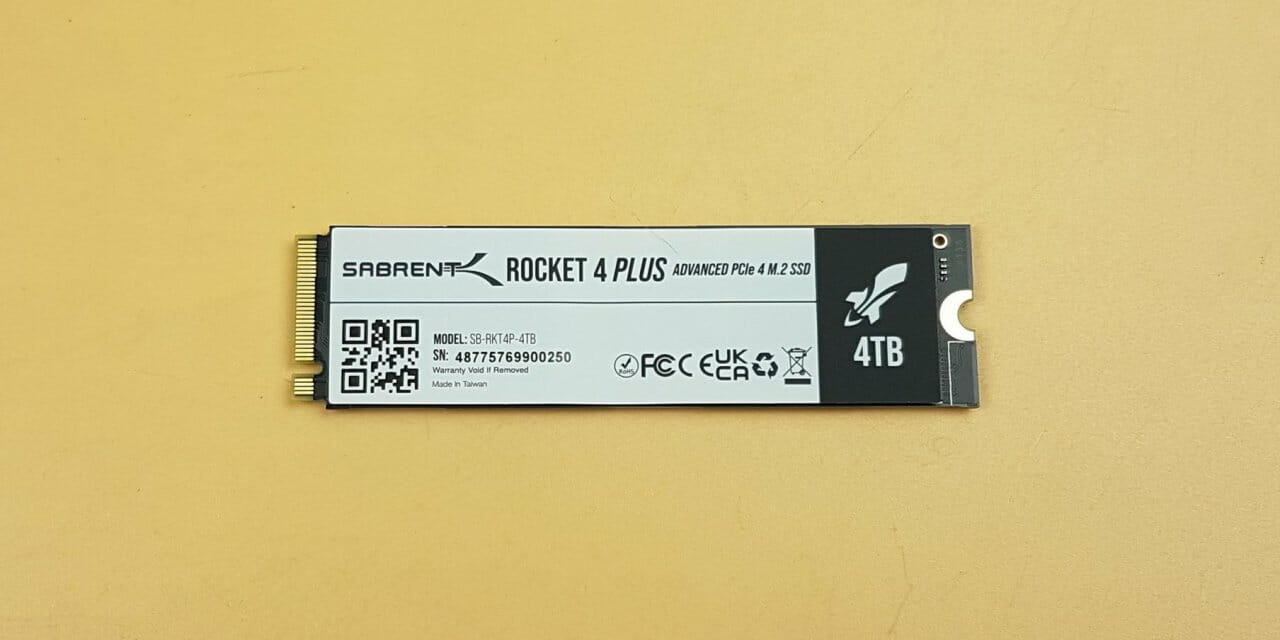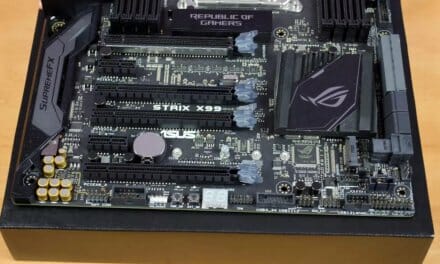
What is NVMe? A Comprehensive Guide to Understanding the Latest Storage Protocol

Introduction
NVMe stands for Non-Volatile Memory Express, and it is a relatively new storage protocol designed to enhance the performance of solid-state drives (SSDs) and other non-volatile storage devices. The NVMe protocol is developed explicitly for PCIe (Peripheral Component Interconnect Express) connected devices and is designed to exploit the parallelism inherent in modern CPUs to provide faster access to data.
In this article, we’ll explore NVMe in-depth, explaining how it works, what it is used for, and what benefits it provides. Let’s dive right in.
What is NVMe?
NVMe is a storage protocol designed explicitly for PCIe-connected devices, including SSDs, which aims to replace older storage protocols like SATA and SAS. It is a high-performance interface that enables storage devices to take full advantage of the parallelism inherent in modern CPUs, resulting in faster data access speeds.
How NVMe Works
NVMe works by connecting an SSD to a computer’s PCIe bus, which provides faster data transfer rates than older storage protocols like SATA and SAS. NVMe utilizes the parallelism of modern CPUs to provide faster data access.
The protocol’s architecture is designed to take advantage of modern multi-core CPUs’ parallelism by allowing multiple queues of commands to be processed simultaneously, improving the overall performance of the storage device.
NVMe is built using a streamlined and efficient command set that is optimized for SSDs, making it a more efficient protocol than SATA and SAS. Additionally, it supports more advanced features like end-to-end data protection and power management, making it an ideal choice for high-performance computing environments.
What are the Benefits of NVMe?
NVMe offers several benefits over older storage protocols like SATA and SAS. Here are some of the most notable advantages:
- Faster Data Transfer Rates: NVMe enables faster data transfer rates than SATA and SAS, resulting in faster boot times, application load times, and overall system performance.
- Improved Parallelism: The protocol’s architecture is designed to take full advantage of modern CPUs’ parallelism, enabling multiple queues of commands to be processed simultaneously, improving overall performance.
- Efficient Command Set: NVMe is built using a streamlined and efficient command set optimized for SSDs, making it a more efficient protocol than SATA and SAS.
- End-to-End Data Protection: NVMe supports end-to-end data protection, ensuring data is protected at every stage of the data transfer process.
- Power Management: NVMe supports advanced power management features, allowing SSDs to conserve power when idle, resulting in improved battery life for laptops and other mobile devices.
Conclusion:
NVMe is a high-performance storage protocol that enables faster data access and transfer rates than older protocols like SATA and SAS. Its architecture is designed to take full advantage of modern CPUs’ parallelism, enabling multiple queues of commands to be processed simultaneously, improving overall performance.
While NVMe SSDs are generally more expensive than SATA and SAS SSDs, they offer faster performance and advanced features like end-to-end data protection and power management, making them an ideal choice for high-performance computing environments.
If you’re considering upgrading your computer’s storage, NVMe is an excellent choice for improving overall system performance. However, it’s essential to ensure that your computer’s motherboard has a PCIe slot and that your CPU can take full advantage of NVMe’s parallelism.
In conclusion, NVMe is a revolutionary storage protocol that has the potential to revolutionize the way we store and access data. With faster data transfer rates, improved parallelism, and advanced features like end-to-end data protection and power management, NVMe is an excellent choice for high-performance computing environments.
FAQs:
Q. Is NVMe faster than SATA or SAS?
A. Yes, NVMe is faster than SATA and SAS due to its architecture designed to take full advantage of modern CPUs’ parallelism, resulting in faster data transfer rates.
Q. Do I need an NVMe SSD for my computer?
A. While NVMe SSDs offer faster performance than SATA and SAS SSDs, they are generally more expensive. If you’re looking for high-performance storage, an NVMe SSD is an excellent choice. However, if you’re on a tight budget, a SATA or SAS SSD may be a more cost-effective option.
Q. Can I use NVMe with an older computer?
A. NVMe requires a PCIe connection, so if your computer’s motherboard doesn’t have a PCIe slot, you won’t be able to use an NVMe SSD. Additionally, older CPUs may not be able to take full advantage of NVMe’s parallelism, resulting in reduced performance.
























